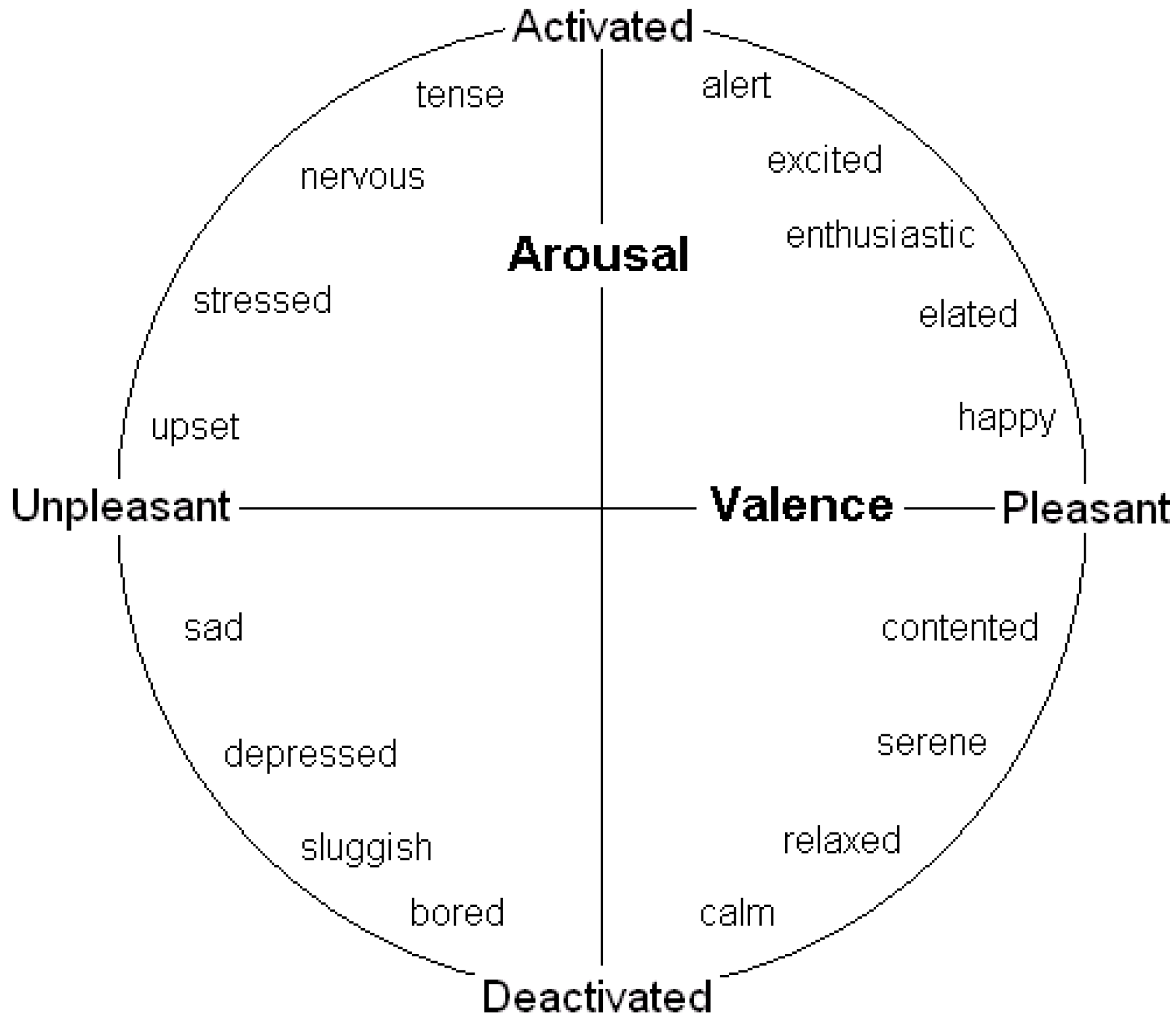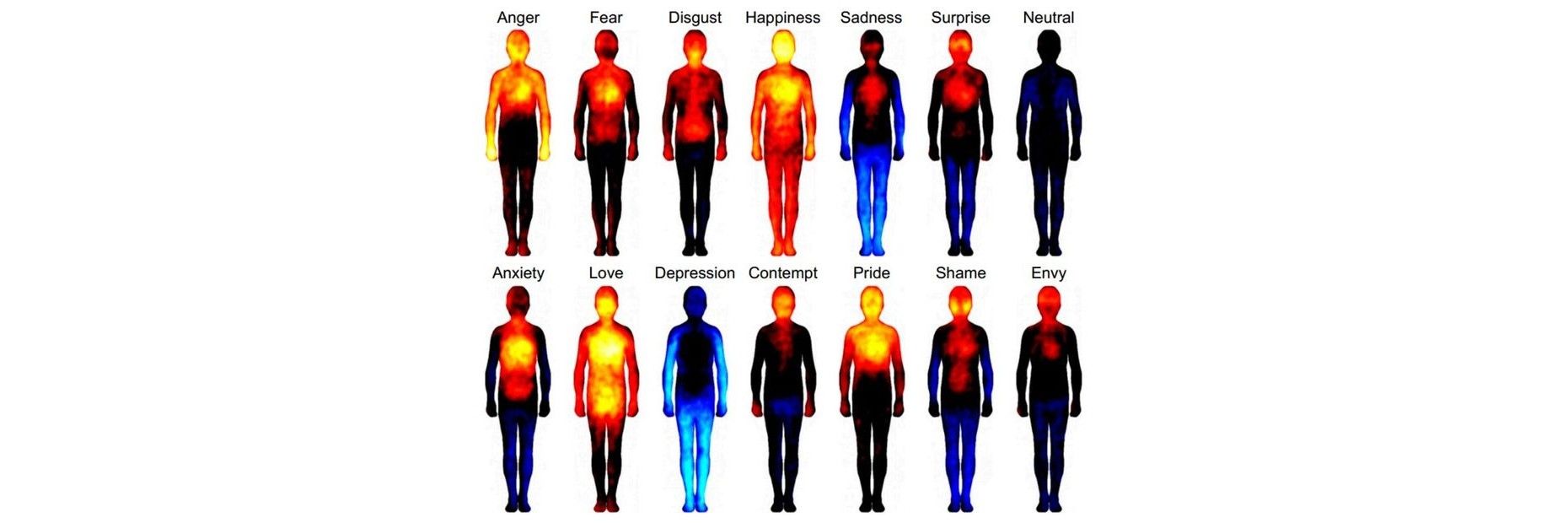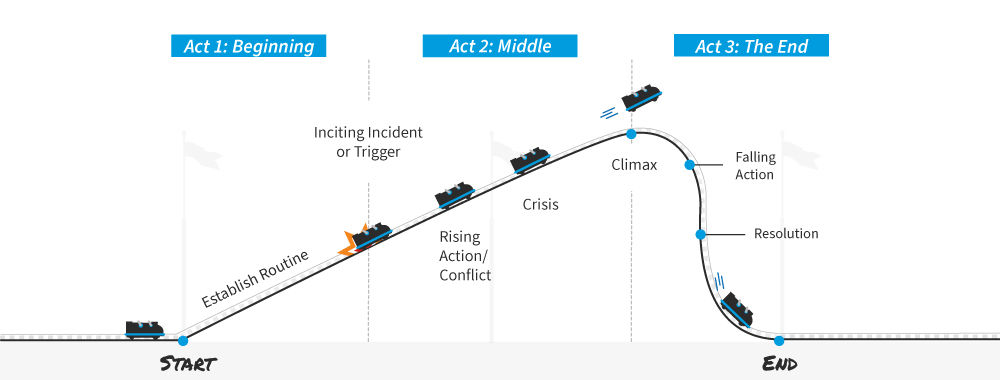Human Computer Interaction is a surprisingly deep field of research. One of the areas that HCI tries to touch on is the interaction between our emotions and technology. There are three academic schools of thought that dictate how people involved in UI/HCI approach emotions and technology.
Affective Computing – School 1

Author/Copyright holder: Vanderbie. Copyright terms and licence: All rights reserved Img source
This was developed initially at MIT by Rosalind Picard and a group of other researchers. The essence of affective computing is that it should be possible for people to create machines that create emotional reactions or influence them. This has been put into practice a lot in the real world; affective learning for example – is drawn on the affective computing school of thought.
There have been uses for affective computing’s theories in the world of autism too; and it has been possible to improve the lives of those with autism by training them to recognize and then respond to emotional cues in others.
Affective Interaction – School 2

Author/Copyright holder: Unknown. Copyright terms and licence: Unknown.
Affective interaction begins with a culturally determined and pre-constructed examination of emotion. It is, at least in part, a reaction to the cognitive approach of affect computing. That means it looks at the idea that our emotions are built during our interactions; that they are not independent of us and that there’s no need to dwell too much on the right and wrongs of a user’s emotion but to focus on their ability to reflect and feel instead.
This school is about focusing on developing more “perceivably real” emotional experiences than affective computing is. It too has plenty of real world applications and has been used very successfully to get people to talk more about their emotions through technology in particular.
Technology as Experience – School 3

Author/Copyright holder: Unknown. Copyright terms and licence: Unknown.
This school take a very different approach from the first two schools which are both specifically focused on the emotional experience of HCI. Technology as experience proponents argue that design is part of a much larger experience of which our emotions are simply a part (an important part) of that whole. It doesn’t try to separate the emotions from that experience; though it does still try to influence the emotions.
There is an obvious overlap between the approaches of both school 1 and school 2 with school 3. They are likely to draw on both but measure larger impacts including emotions in the user experience as part of their research and design approach.
Summary
There is no right or wrong school of thought to belong to. You are free to drift between them and pick the concepts that are most relevant to the project you’re working on without any negative consquences. However, it can help to stand in the shoes of each school of thought before examining any emotional user experience; this gives you the widest range of approaches to enhance your design.
If you’d think you should know more about these schools of thought; why not read Effective Computing by Kristina Hook – the whole text is online for free access here. Kristina’s a professor in Interaction Design at the Royal Institute of Technology in Sweden.
Header Image: Author/Copyright holder: The Verge. Copyright terms and licence: All rights reserved. Img












